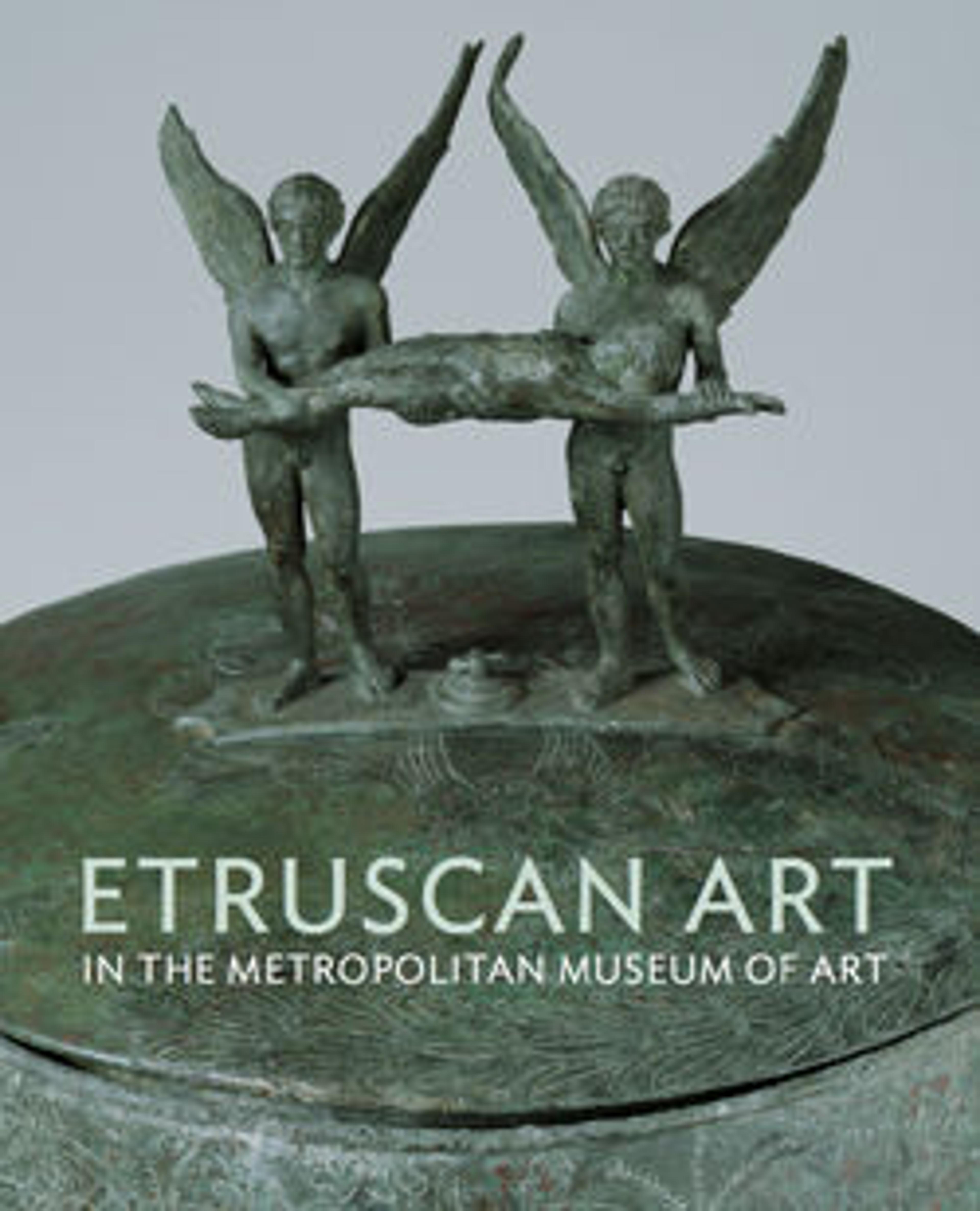Bronze oinochoe (jug) and handle attachment
This type of jug, with sharply pronounced shoulder and beak spout, is often found with a basin or patera with a figural handle, objects that may have been used in a hand-washing ritual. The type began to appear in Etruscan tombs as early as the first quarter of the fifth century B.C. and remained popular until the late fourth century B.C. This example has a ram's head at the upper attachment and a plaque with a fallen warrior at the bottom one. The adjacent plaque (43.11.5) comes from a similar piece.
Artwork Details
- Title: Bronze oinochoe (jug) and handle attachment
- Period: Late Classical
- Date: ca. 425–400 BCE
- Culture: Etruscan
- Medium: Bronze
- Dimensions: H.: 9 7/16 in. (24 cm)
- Classification: Bronzes
- Credit Line: Rogers Fund, 1944
- Object Number: 44.11.4
- Curatorial Department: Greek and Roman Art
More Artwork
Research Resources
The Met provides unparalleled resources for research and welcomes an international community of students and scholars. The Met's Open Access API is where creators and researchers can connect to the The Met collection. Open Access data and public domain images are available for unrestricted commercial and noncommercial use without permission or fee.
To request images under copyright and other restrictions, please use this Image Request form.
Feedback
We continue to research and examine historical and cultural context for objects in The Met collection. If you have comments or questions about this object record, please complete and submit this form. The Museum looks forward to receiving your comments.
